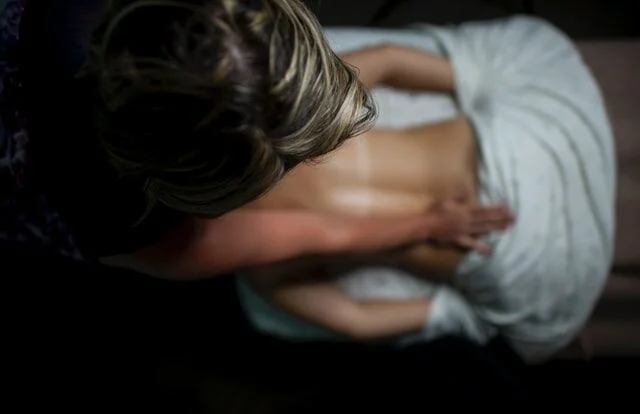Tracing the Roots: The Diverse Origins of Sensual Massage Techniques

Sensual massage, a practice as ancient as it is diverse, encompasses a variety of techniques that originate from different cultures around the world. These methods, developed over centuries, share a common goal of enhancing bodily and emotional well-being through touch. This exploration into the origins and methodologies of sensual massage offers insights into its therapeutic benefits and the cultural significance behind each technique.
Historical Perspectives on Sensual Massage
The concept of massage as a therapeutic practice is deeply rooted in ancient civilizations. From the Ayurvedic traditions of India to the baths of Rome and the healing arts of East Asia, each culture has contributed uniquely to what is known today as sensual massage. These traditions recognized early on the power of touch as a means of healing and connection, a concept that has transcended time to become a key element in modern therapeutic practices.
Ayurvedic Influence: Abhyanga
Originating from India, Abhyanga is an integral part of the traditional detoxification practice known as Panchakarma. It is characterized by the use of large amounts of warm oil and involves gentle, synchronized strokes. The technique not only aims to balance the body’s doshas (bioenergetic forces) but also to enhance deep relaxation and nourishment of the skin. The sensual aspect of Abhyanga is evident in its emphasis on caring, rhythmic touches that respect the body’s energies.
Traditional Chinese Massage: Tui Na
Tui Na, which dates back to ancient China, is another form of massage that has influenced modern sensual techniques. It uses rhythmic compression along energy channels of the body, as well as techniques that manipulate and lubricate the joints. Tui Na is typically more vigorous than Abhyanga but shares the goal of stimulating the body’s vital energy (qi) to promote healing and relaxation.
The Japanese Art of Shiatsu
Shiatsu, meaning “finger pressure,” is a Japanese form of therapeutic bodywork. Unlike Western massage techniques, Shiatsu involves pressing specific points on the body, aligning with the concepts of acupuncture and acupressure. This technique is deeply sensual in its slow, deliberate application of pressure, which aims to stimulate the meridians (energy pathways) and harmonize the body’s energy flow.
Swedish Massage: The Foundation of Western Sensual Massage
In the West, Swedish massage is perhaps the most widely recognized technique within the spectrum of sensual massages. Developed in the 18th century by Per Henrik Ling, it incorporates a variety of strokes like kneading, tapping, and gliding to relax the muscles. Swedish massage is known for its ability to reduce stress and improve circulation, creating a foundation for the development of other sensual massage practices in the West.
The Role of Essential Oils: Aromatherapy Massage
Aromatherapy massage combines the principles of sensual touch with the therapeutic use of essential oils extracted from plants. The practice dates back to ancient Egypt, where oils were used for both cosmetic and medicinal purposes. In a sensual massage setting, the aromatic oils are chosen for their specific healing properties and their ability to enhance the sensory experience, providing both psychological and physical benefits.
Integrating Modern Techniques with Traditional Practices
Today, sensual massage therapists often integrate various traditional techniques to cater to modern needs. This fusion not only respects the origins of the practice but also enhances its effectiveness by addressing contemporary stressors and ailments. By adapting these ancient methods, therapists can offer a tailored experience that honors the rich history of sensual massage while providing meaningful therapeutic benefits.
The Continuing Evolution of Sensual Massage
As sensual massage continues to evolve, it remains deeply rooted in its rich, cultural heritage. Each technique, whether derived from ancient China, India, Japan, or modern Europe, carries with it a legacy of healing and connection. Understanding the origins and methods of sensual massage enriches the practice, allowing both practitioners and recipients to appreciate its profound impact on physical and emotional well-being. The journey through the history of sensual massage not only highlights its global significance but also reinforces its role as a timeless and essential element of holistic health practices.